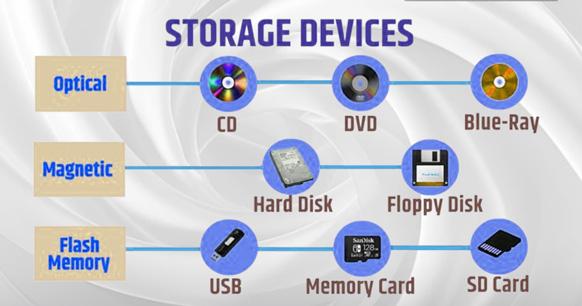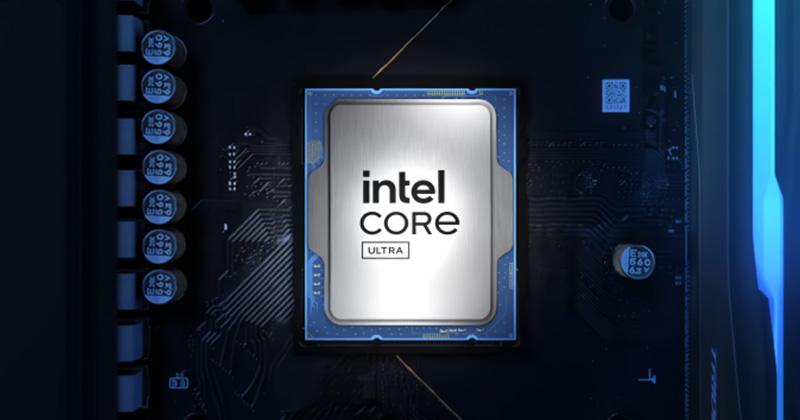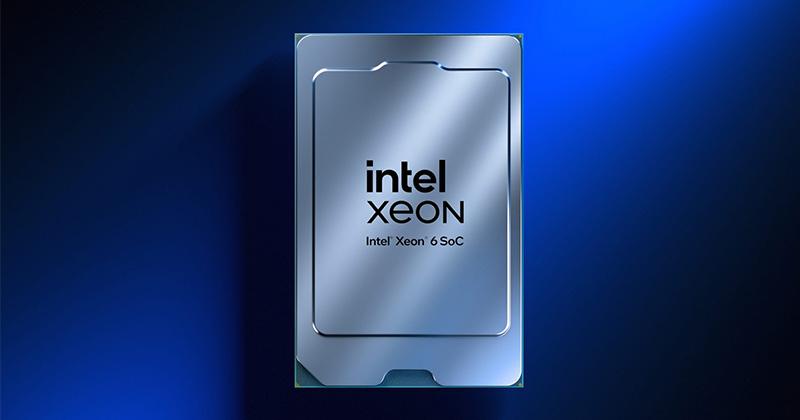
Micron Targets AI PCs With Next Gen of Its PCI Express NAND SSDs
Micron has introduced the 4600 NVMe SSD, a PCIe Gen5 storage solution for AI PC OEMs and high-performance computing applications. With a significant leap over PCIe Gen4 SSDs, the new drive is said to address the growing need for faster, more efficient storage in AI model training, scientific computing, and media-intensive workflows.
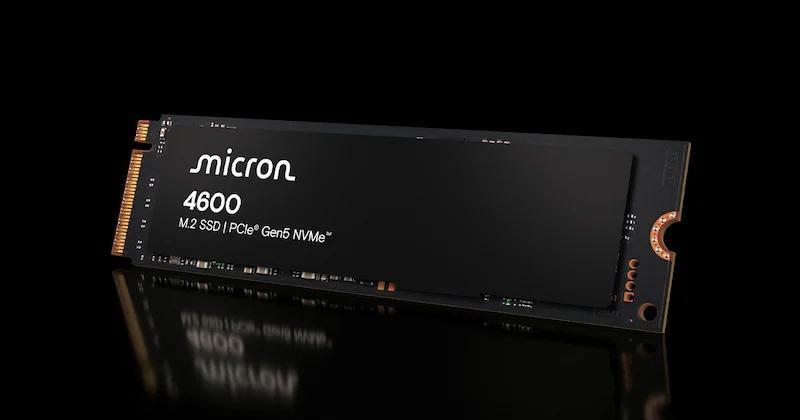
The new Micron 4600 NVMe SSD. Image used courtesy of Micron
Let’s take a look at the details of the new SSD and its significance in the shift toward PCIe Gen5.
Micron's 'Leading PCIe Gen5 SSD'
The Micron 4600 NVMe SSD features Micron’s G9 TLC NAND technology to deliver high-speed sequential read and write speeds of up to 14.5 GB/s and 12.0 GB/s, respectively. Similarly, the drive supports random read and write speeds of up to 2,100K IOPS, with a read latency of 50 µs and a write latency of 12 µs.
Compared to previous-generation Micron SSDs, the 4600 model reportedly achieves up to 107% faster sequential read speeds and 83% higher random read speeds. According to Micron, such specifications are optimized to efficiently handle AI model loading, scientific computing, and high-resolution media processing.
With an active read power consumption of up to 8,500 mW and an idle power draw below 150 mW, the SSD is designed for mobile applications that require extended battery life. It also includes host-controlled thermal management and performance-enhancing accelerated caching.
Designed in an M.2 2280 form factor, the Micron 4600 SSD offers storage capacities ranging from 512 GB to 4 TB. The solution also maintains a mean time to failure (MTTF) of two million hours and supports endurance ratings from 300 TBW for the 512 GB model to 1,600 TBW for the 4 TB variant.
Other features include integrated power-loss protection to ensure data integrity and support for hardware-based AES 256-bit encryption. Security features include compliance with TCG Opal 2.02 and Pyrite 2.01, along with support for Security Protocol and Data Model (SPDM), Data Object Exchange (DOE), and Device Identifier Composition Engine (DICE).
A Shift to PCIe Gen5
While PCIe Gen4 SSDs introduced substantial performance improvements over Gen3, increasing storage demands in AI and high-performance computing exposed architectural bottlenecks. For example, PCIe Gen4 supports a maximum bandwidth of 16 GT/s per lane. However, modern workloads require higher throughput and lower latency to avoid storage-induced slowdowns.
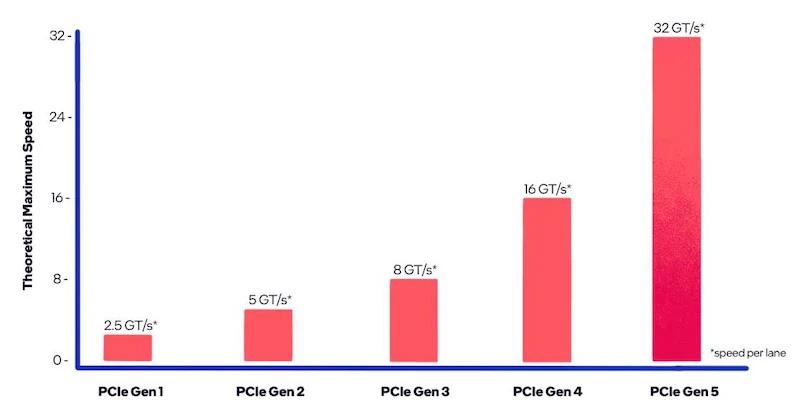
Comparing PCIe generations. Image used courtesy of Intel
One major limitation of PCIe Gen4 SSDs is their inability to keep pace with advancements in CPU and GPU performance. High-performance processors now feature increased core counts and memory bandwidth that require storage subsystems to match data transfer speeds. PCIe Gen4’s bandwidth constraints often force applications to rely on DRAM caching or multiple SSDs in RAID configurations, which increases complexity and power consumption. Additionally, the limited input/output operations per second (IOPS) of Gen4 SSDs restricts real-time processing for workloads that demand high random read/write speeds.
PCIe Gen5 SSDs resolve these constraints by doubling the per-lane bandwidth to 32 GT/s, allowing x4 SSDs to achieve up to 16 GB/s of sequential throughput. Moreover, PCIe Gen5 introduces improved power efficiency per transferred bit.
AI and High-Performance Storage
As AI workloads and high-performance computing continue to evolve, storage technology must keep pace with the increasing demand for faster data access and efficient power consumption. PCIe Gen5 SSDs like the Micron 4600 seek to address the constraints of prior-generation storage by delivering higher bandwidth, lower latency, and improved energy efficiency. The Micron 4600 NVMe SSD is currently available globally for OEM sampling.



